“O.k. Girls, hang in there just a couple more weeks until the dandelions, daffodils, alliums and saskatoon blossoms unfurl,” I relay to our honeybees. Rob and I gently place a surplus jar of maple syrup that my mother sacrificed for the bees from this year's sugar run.
“For now you will have to settle for syrup and witch hazel, the latter flashing it's discreet yellow blossoms at the forest edge,” I tell the bees. We placed the cover back on the hive and weighted it down with a few stones, to deter the skunks.
We calmly walked away from the hive, sending the bees love, silently cheering them on, until we were far enough from the hive that we could burst into a dance! “They made it through the winter!” This is the first time in our three years keeping bees that our 'girls' made it through a Wisconsin winter, and we are anxious to try our luck at splitting the hive. But that will have to wait until the apple blossoms bud just past the 'ice days of May', as my great-grandpa Frank would say. Spring wake up on the farm is all about anticipation—an artesion upwelling from the deep well of winter that you feel in your bones and in the frost heaves of soil. Soon this energy will blossom forth and the cycle of the seasons will once again remind us to be bold, stay grounded and wake up to the rhythm of the Earth.
On our farm, Spring also means the start of another CSA season and anticipation of harvests to come. This year, I am excited to be partnering with Orange Cat Community Farm to offer flower shares—sharing CSA drop-sites and the season's blooms in the local Sauk County area. I love to share flowers and how flowers inspire me at our farm and have inspired, delighted, confounded, forgiven, and wowed us through the ages. Flowers and herbs paint the landscape, bringing beauty and balance while serving a variety of ecological functions – working in tandem with the microbes as soil builders adding structure and fertility to the rhizosphere, as food for our honeybees and native pollinator friends, as pest managers and companion plants to our fruits and vegetables, as illuminators of the landscape with their color and beauty, and to provide for a diversity of culinary and medicinal uses on our farm. They also hold their own language and symbol.
Of the roughly 200,000 flowering plants laying down their roots around the world, about 12,334 call Wisconsin their home. Some flowers thrive in vases, others hold up with a little encouragement from flower friends, and others are just destined to remain in the prairie and orchard wilds. Through our years growing flowers and trialing vase life with different blooms, we've discovered which flowers thrive at our farm and hold well in a bouquet (ie last for more than 5 – 7 days in a vase).
Photo: Globe alliums integrated into a centerpiece bouquet as part of a wedding bouquet. Photo by Erin Schneider
With the start of the CSA season, I thought I'd start at the beginning of the alphabet in sharing my love for floriography with Alliums. It's also fitting that Alliums tend to emerge in tandem with dandelions. While I know there are a myriad of ways to enjoy dandelions, blossoms included, we tend to leave the composite heads to be sipped by the bees. Alliums, however, hold a bit of mystic and myth as a symbol of prosperity and unity for life-long loves. *In Hindu myth, Sachi-the wife of Indra, king fo the Gods, tried to sip the nectar of immortality. She could not digest the nector, and so expelled it tot he Earth. From this spilled nectar, the allium flower blossomed.
On our farm, we love to snip and share alliums in both our vegetable and flower CSA shares. As members of the amarylidaceae family, alliums are prized for their pungnacious scent and role as 'aromatic pest confusers' in the garden. They often adorn the base of our fruit guilds in the orchard and border our vegetable CSA beds, couched between the marigolds and borage. I've watched my nieces and nephews hold allium blossoms like magic wands and sparklers. I've observed the bees and sometimes as many as 12 different insect species working the flowers as the weather warms. Species within the allium genre, such as garlic chives and globe onion can be savored in your vase and later on your dinner plate.
I am fortunate to witness alliums' flower in unity with the bees –a telling tale of prosperity (and honey) to come. As I retire our pruners and loppers for the day, I sit back and gaze across the slopes of the orchard. Soon it will be abuzz with allium's unifying influorescence, inviting us all to join the bees in sipping in the sweet rewards and timeless love of the land waking up to Spring.
*Floriography notes Referenced from a mix of research into the Victorian language of flowers, the book Seeing Flowers by Chace & Llewellyn, Green Hope Farm and Bach Flower Essences, Rosemary Gladstone, Wikipedia, and personal experience with the poetry and language of flower power.




